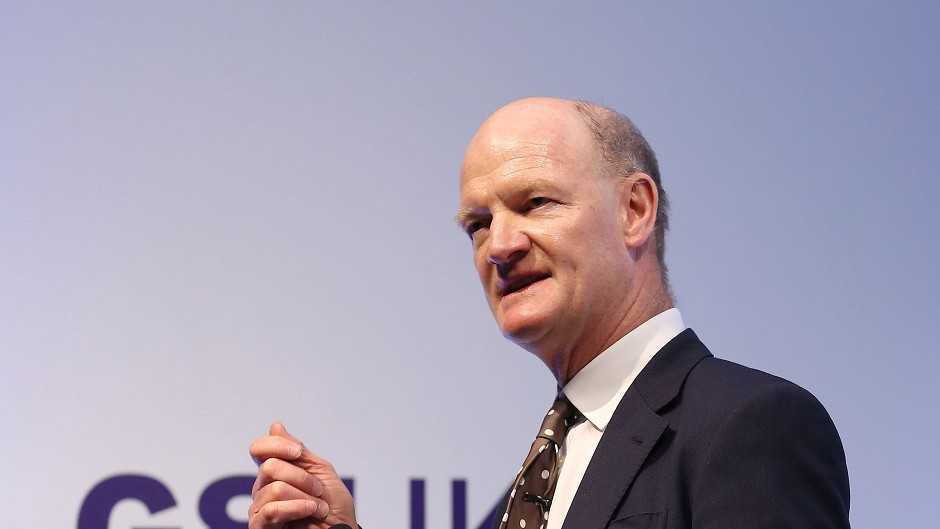Margaret Thatcher’s government secretly moved to “suspend” the Barnett formula amid claims that Scots had their “snouts in the trough”.
Papers at the National Archives show the Iron Lady sanctioned plans to temporarily block the normal uplift in Scottish spending when money was invested in England.
Last year, newly opened records from 1983/84 showed the government agreed to start “chipping away” at the nation’s block grant, but to do it in a way that was “invisible” from the public.
Further details have now emerged of clandestine efforts to tackle Scotland’s “over-provision” in papers released today from 1985/86.
David Willetts – who was David Cameron’s science and universities minister until July, but at the time was a member of Mrs Thatcher’s Policy Unit – described the issue in a letter to his boss on July 29, 1985.
He wrote “Scotland and Northern Ireland have their snouts well and truly in the public expenditure trough. The challenge is to find a politically acceptable way of putting them on the same diet as the English.”
David Norgrove, Mrs Thatcher’s private secretary, wrote to the prime minister on August 28, 1985, to outline the plan.
“The Treasury are not proposing studies this time. Instead, they propose suspending the block formula,” he said.
“What this means is that Scottish expenditure next year would be held at the level already fixed in the white paper for 1986 and 1987.”
He added: “This would still lead to a row. But doing nothing also has costs: the chancellor would have to go for possibly more unpalatable options in other areas of expenditure.
“The Policy Unit support the Treasury proposal as modest but ingenious.”
Asked is she would approve talks on the plan, Mrs Thatcher wrote on the letter: “Yes. MT.”
